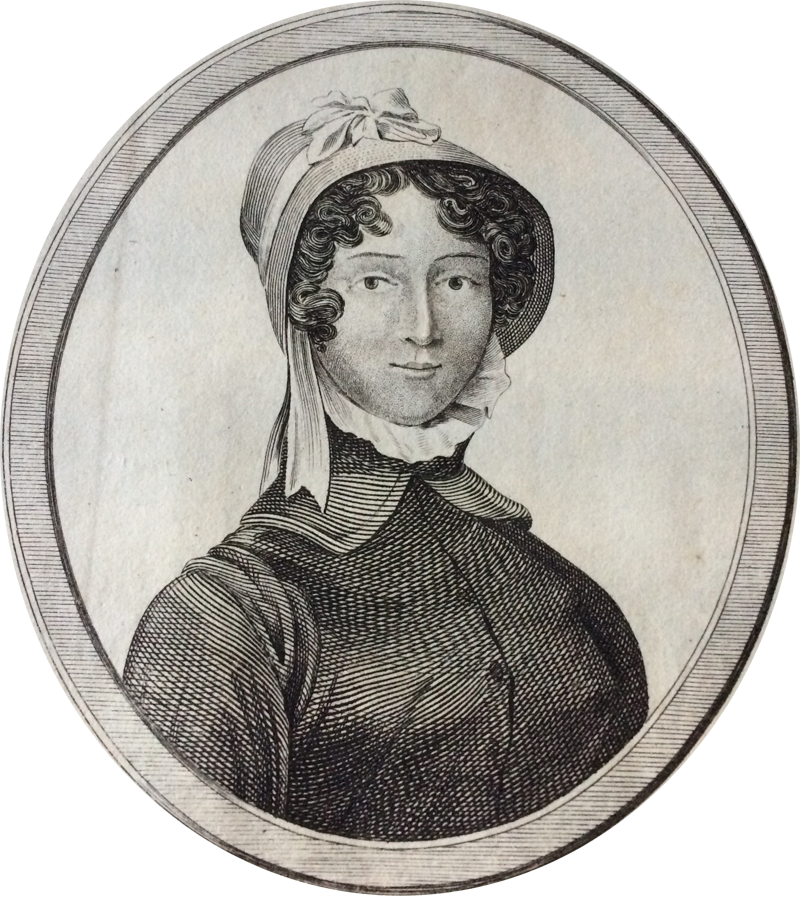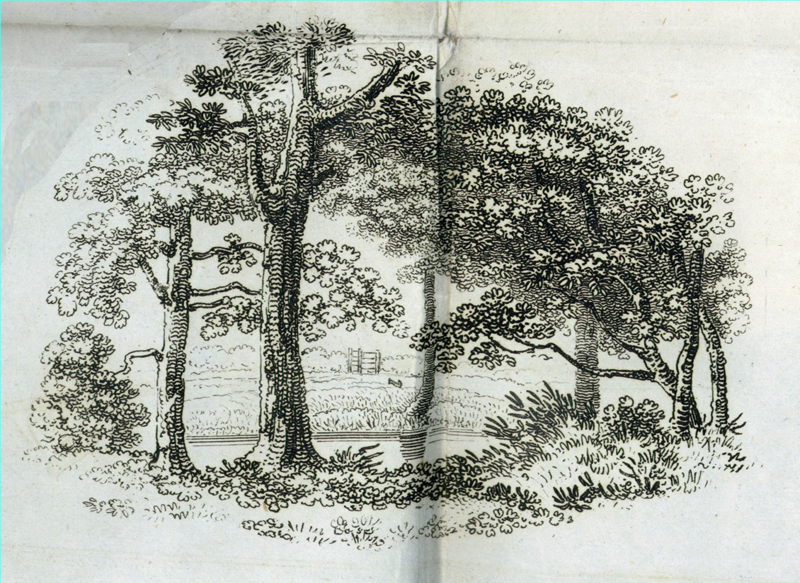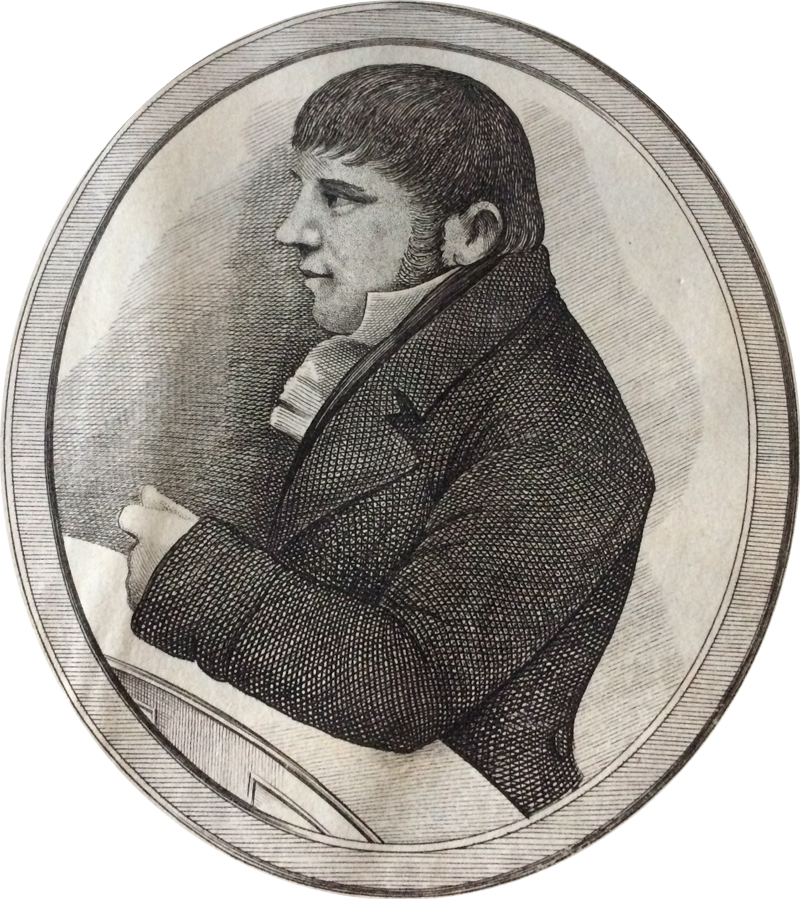The men who pulled 20-year-old Mary Ashford out of a stagnant pond in Erdington near Birmingham early on 27 May 1817 were in no doubt. Blood and bruises on her body told them that foul play was involved in this young woman’s death. But there were other clues too – a series of footprints, clearly made by two people, in the newly turned earth in the next-door field, impressions in the dewey grass near a tree, a single imprint of a shoe at the top of the pond, and some of Mary’s belongings arranged neatly nearby.

Mary Ashford, from Cooper, J. (1818). A Report of the Proceedings Against Abraham Thornton at Warwick Summer Assizes, 1817, for the Murder of Mary Ashford; and, subsequently, In the Court of King’s Bench, in an Appeal of the Said Murder. Warwick: Heathcote and Foden.
A passing workman had raised the alarm after he found the belongings by the pond and rushed to the nearby wire-drawing factory. Among the men who ran down to the field were William Lavell and Joseph Bird, about whom we know little except that they were able to read and write and were skilled at their jobs. William Lavell was personally acquainted with Mary – he had danced with her the previous evening at a Whitsuntide party at a coaching inn – and it is likely Bird was too. This was a close-knit community, a few hundred souls living in a village outside Birmingham, and the families all knew each other.

Mary’s body was found in a stagnant pond early on the morning after she left a party in the company of Abraham Thornton, from Cooper, J. (1818).
Together Lavell and Bird took the initiative to look more closely at the footmarks in the neighbouring field. They were not trained investigators nor acting in any official capacity – and naturally they made what we would view as fundamental mistakes. They contaminated the evidence by making their own footprints in the field and failed to stop the many people, including members of Mary’s own family, who had joined them from the factory or rushed from Erdington village doing the same. And although they tried to protect the evidence from the rain by covering a section of the footprints with boards, no one, including their employer, Joseph Webster, and the magistrate William Bedford, who were both soon on the scene, thought to organise a sketch of the prints or to remove some of them en bloc for preservation.
What Lavell and Bird did manage to do was to work out a plausible narrative of events, and it was this: Mary had been waylaid in the field and had tried hard to dodge her attacker, running mostly around the edge of the field but, after being cornered, she was overcome and, judging from the person-shaped impressions in the grass, raped on the ground near the pond. The single footmark by the pond was made when the killer braced his foot against the steep incline of the pond to throw Mary’s body in. A line of his footmarks diagonally across the field towards a gate and on to private land showed the route he took to run from the scene.

Twenty-five-year-old Abraham Thornton was a thickset bricklayer working for his father. The family lived at Shard End, Castle Bromwich. This sketch is based on one done in court. From Cooper, J. (1818).
The unusual depth of the footmarks in the field led Lavell and Bird to believe that Mary’s killer was a heavily-built man. And so it seemed to transpire. Within hours, Abraham Thornton, a burly bricklayer from Castle Bromwich, was identified as the prime suspect. He had left a dance with Mary, her best friend Hannah Cox and her fiancé Benjamin Carter the previous evening, and after the others peeled off to their own homes, he and Mary were left alone together.
Not long before Mary was killed, there had been another murder in Warwickshire, less than 12 miles away, and the case bore astonishing similarities to Mary’s. The prosecution had relied on impressions made in mud and a woman retrieved from a pond, and possibly Lavell and Bird had these factors in mind when they saw the footmarks in the ploughed field. On the evening of 10 October 1815, Ann Smith, a servant at Over Whitacre, went missing. She was about to start a new job and had asked Isaac Brindley, a fellow servant, to carry her box to a friend’s house for safekeeping. She meanwhile would be taking a jug of barm (used in breadmaking) to a neighbour. She never arrived. The following morning a shoe was spotted near a water-filled pit in a field. The chaff and wheat nearby had been trodden down and the barm spilt into the ground. Ann’s body, bearing bruises and abrasions, was fished out of the pit. The identity of her killer was revealed in the impressions found in the mud: a patch set sideways on the knee of a man’s corduroy breeches and the heel of a shoe. Brindley was brought to the scene and made to kneel into the mud. At his trial at Warwick in April 1816 a local tailor gave his expert opinion that his breeches were an exact match. Brindley, who had no alibi, was convicted at Warwick and hanged.
Thornton’s fate, however, was very different and led to a series of events few could have predicted…
My book The Murder of Mary Ashford is now available. Published by Pen & Sword.
